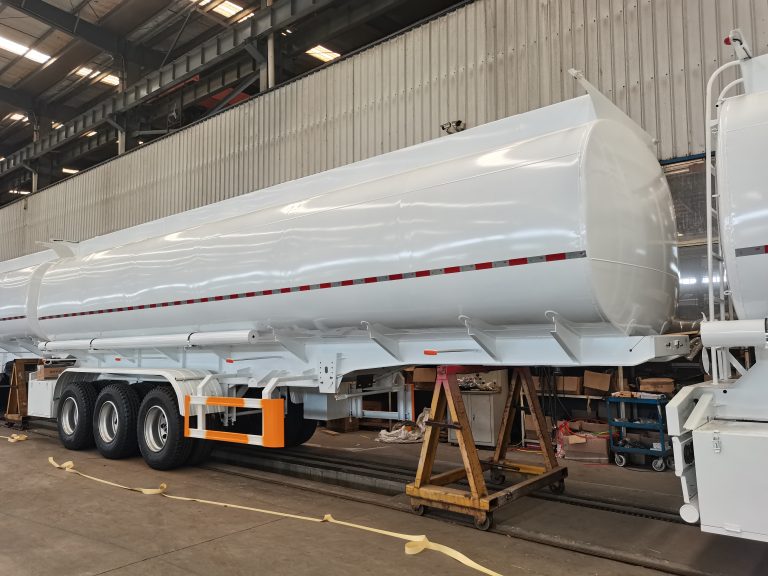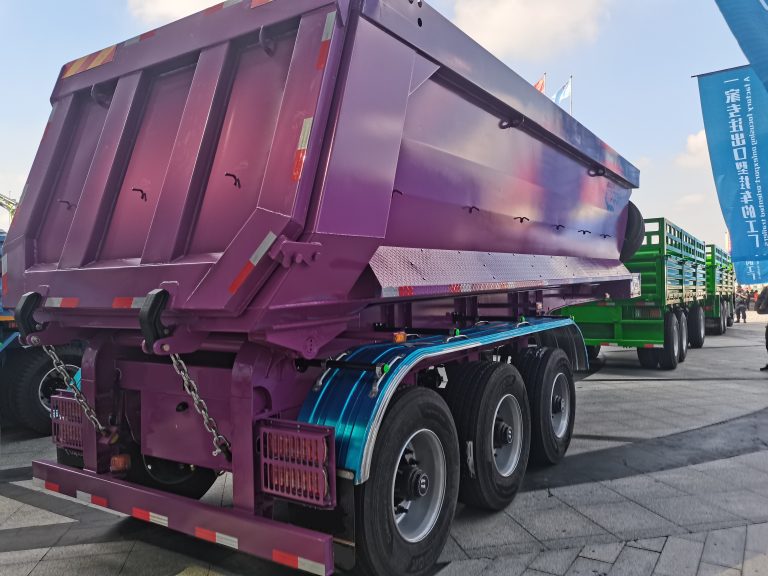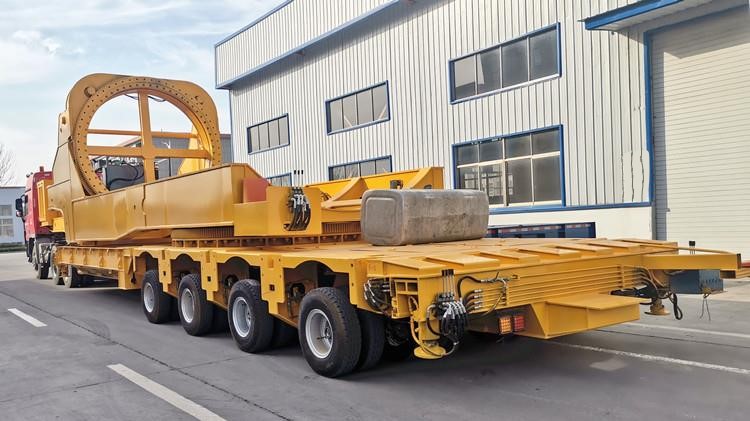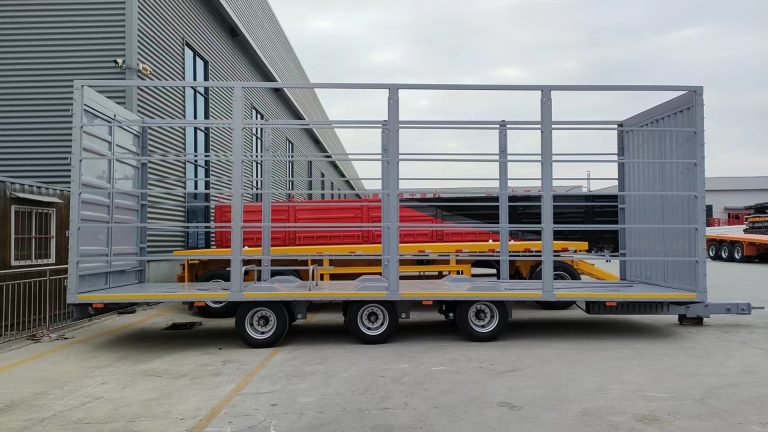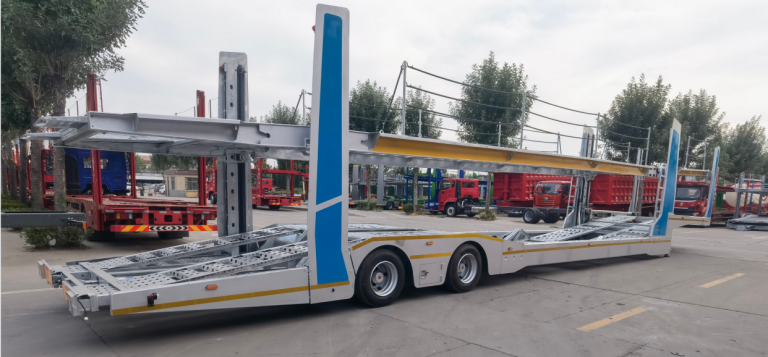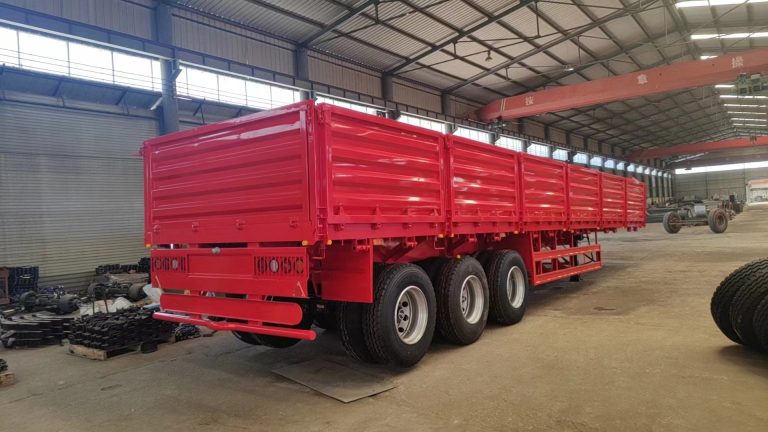Green logistics refers to a sustainable development model that achieves energy conservation, emission reduction, resource recycling and environmental protection in logistics activities through optimizing resource allocation, technological innovation and management improvement. The following are specific measures for green logistics:
1. Green transportation
- Optimize transportation methods: Promote multimodal transport, encourage the use of low-carbon transportation methods such as railways and water transport, and reduce the empty load rate of road transport.
- Promote new energy vehicles: Expand the application of new energy logistics vehicles in urban distribution, postal express and other fields, and promote the development of zero-carbon emission technology for medium and heavy trucks.
- Transportation route optimization: Rationally plan transportation routes, reduce roundabout transportation and repeated transportation, and increase vehicle loading rates.
- Intelligent transportation system: Use big data and intelligent technology to optimize logistics distribution routes and improve transportation efficiency.
2. Green warehousing
- Rational layout of warehouses: Optimize warehouse site selection and layout to reduce transportation costs and resource consumption.
- Green warehousing technology: Use modern warehousing technologies such as air curtain moisture isolation and controlled atmosphere storage to reduce energy consumption during warehousing.
- Upgrade of storage facilities: Carry out green upgrade and transformation of logistics hubs and storage facilities.
3. Green packaging
- Promote environmentally friendly materials: Use degradable and recyclable packaging materials to reduce disposable plastic packaging.
- Packaging standardization: Promote packaging modularization, large-scale and containerization to improve packaging efficiency.
- Packaging recycling: Establish a packaging reuse system, promote recyclable packaging, and reduce packaging waste.
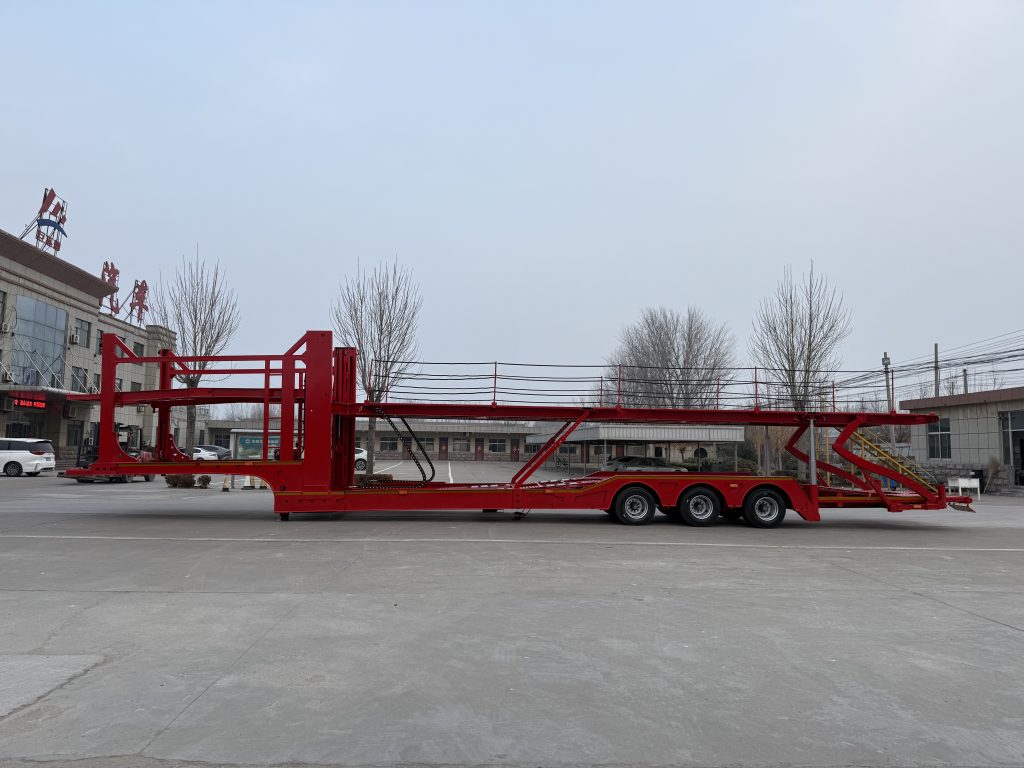
4. Green circulation processing
- Centralized processing: Centralize decentralized circulation processing, improve resource utilization, and reduce environmental pollution.
- Waste treatment: Centralize the waste generated during the processing process to avoid waste pollution.
5. Policy and standard support
- Green logistics standards: Formulate a promotion catalog of key green logistics technologies and equipment, and improve the green logistics standard system.
- Carbon emission accounting: Carry out carbon emission accounting and related certification work in the logistics field, and build a public service platform for logistics carbon emission calculation.
- Laws and regulations: Strengthen environmental supervision of logistics activities and promote enterprises to implement green logistics requirements.
6. Technological innovation and intelligence
- Intelligent logistics technology: Use technologies such as artificial intelligence and the Internet of Things to improve the level of logistics informationization and intelligence.
- New energy and clean energy: Promote new energy transportation equipment such as electric vehicles and hydrogen vehicles to reduce carbon emissions in logistics transportation.
7. Reverse logistics
- Waste recycling: Establish a complete waste recycling system to classify and process waste items and put them back into production.
- Resource recycling: Promote the effective use of renewable resources and reduce the impact of waste on the environment.
8. Industry and social collaboration
- Enterprise green transformation: Encourage logistics companies to formulate green business strategies and promote the integration of green logistics into corporate strategies.
- Public participation: Through publicity and education, improve public awareness and participation in green logistics.
Through the above measures, green logistics will not only help reduce logistics costs, but also effectively reduce the impact on the environment and promote the sustainable development of the logistics industry.

